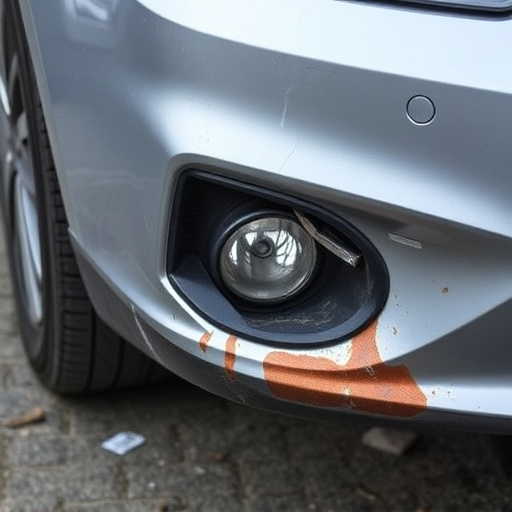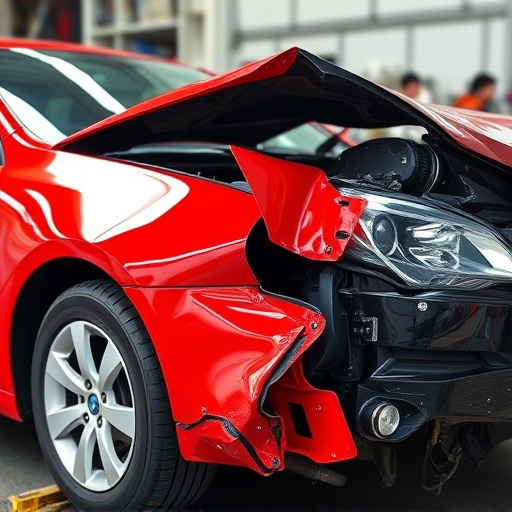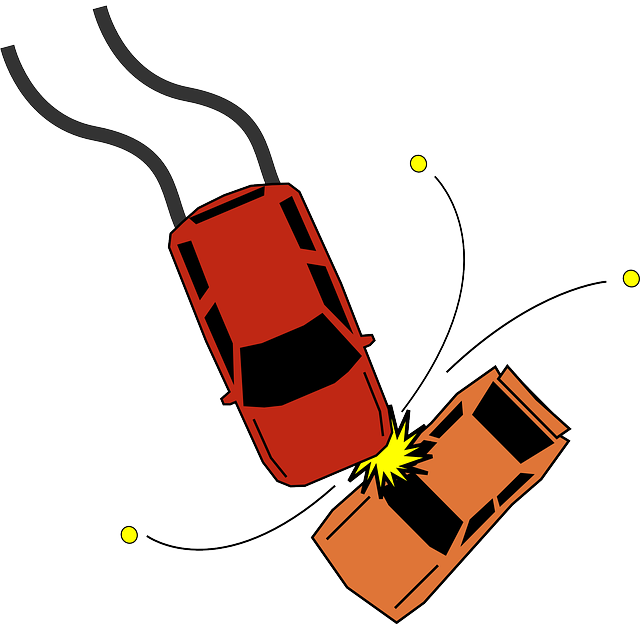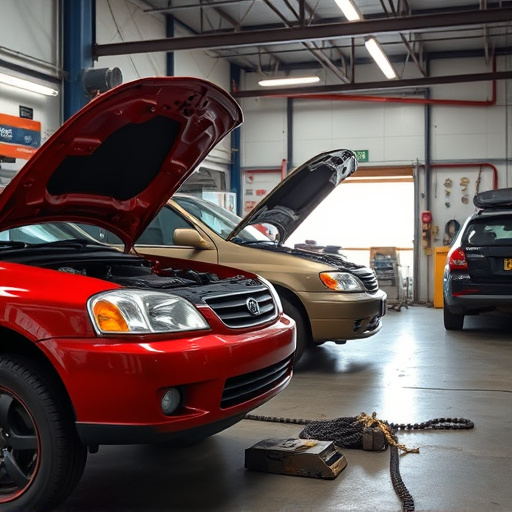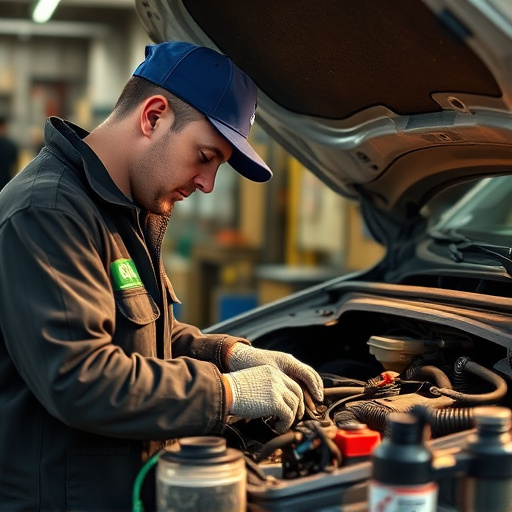The Mercedes PRE-SAFE system is a cutting-edge collision response technology that predicts and prepares for accidents, enhancing occupant safety through sensors detecting danger signs and swiftly acting to protect passengers. Regular MERCEDES PRE-SAFE system checks by specialized automotive repair services are crucial to ensure optimal performance and address any issues before compromising safety in actual collisions.
The Mercedes PRE-SAFE system is a groundbreaking active safety feature designed to protect occupants during a collision. This article delves into the critical components that make up this innovative system, with a focus on understanding how sensors facilitate communication between various parts. We’ll explore common issues that can arise in system interplay and provide practical tips for performing a Mercedes PRE-SAFE system check to ensure optimal performance and peace of mind for drivers.
- Understanding Mercedes PRE-SAFE System Components
- The Role of Sensors in Pre-Safe Communication
- Diagnosing Common Issues in System Interplay
Understanding Mercedes PRE-SAFE System Components
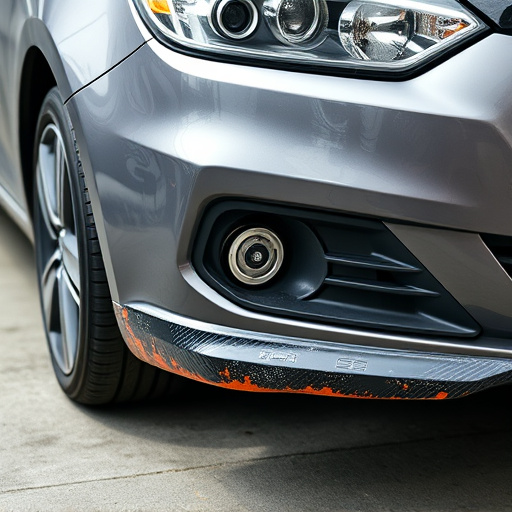
The Mercedes PRE-SAFE system is a sophisticated network of sensors and control units designed to anticipate and respond to potential collision scenarios. This innovative technology goes beyond mere crash avoidance by preparing the vehicle and its occupants for impact, minimizing harm in the event of an accident. The system’s components work harmoniously to detect danger signs, such as rapid deceleration or sudden steering inputs. Upon sensing a potential collision, PRE-SAFE initiates a series of measures, including pretensioning seatbelts, adjusting headrests, and even moving children away from potentially dangerous zones.
This seamless communication between sensors, control modules, and actuators is crucial for the effectiveness of the Mercedes PRE-SAFE system check. Regular maintenance ensures that these components work in unison, allowing for a swift and accurate response during critical moments. Automotive repair services specializing in Mercedes vehicles are equipped to perform these checks, verifying proper system functioning and ensuring the car body shop’s readiness to address any potential issues before they become serious safety hazards.
The Role of Sensors in Pre-Safe Communication
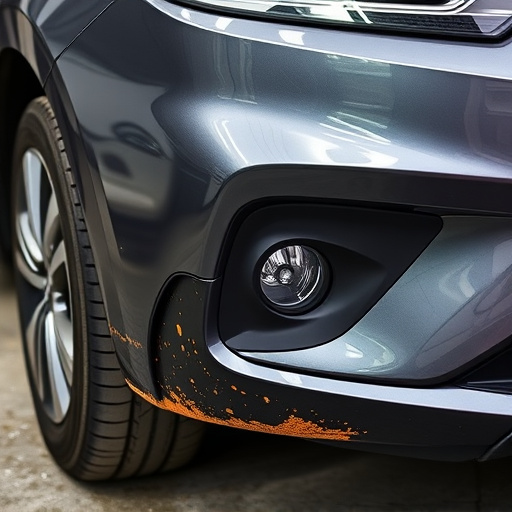
The Mercedes PRE-SAFE system is a cutting-edge technology designed to protect occupants during a collision. At its core, this innovative system relies heavily on sensors to initiate life-saving measures. These sensors are strategically placed throughout the vehicle to continuously monitor conditions, including sudden deceleration and airbag deployment. By detecting even the slightest anomalies, such as those indicative of an imminent fender bender or minor car dent repair situations, the system can activate its protocols in time to help prevent or minimize injuries.
Sensors play a pivotal role in establishing proper communication within the Mercedes PRE-SAFE system check. They relay critical data about the vehicle’s state and surroundings, enabling the control unit to make split-second decisions. For instance, impact sensors detect the force and angle of a collision, while other sensors assess the vehicle’s posture and movement. This real-time data exchange ensures that the system responds accurately, whether it’s triggering pretensioners in the seatbelts or preparing the roof for potential frame straightening adjustments during severe impacts.
Diagnosing Common Issues in System Interplay
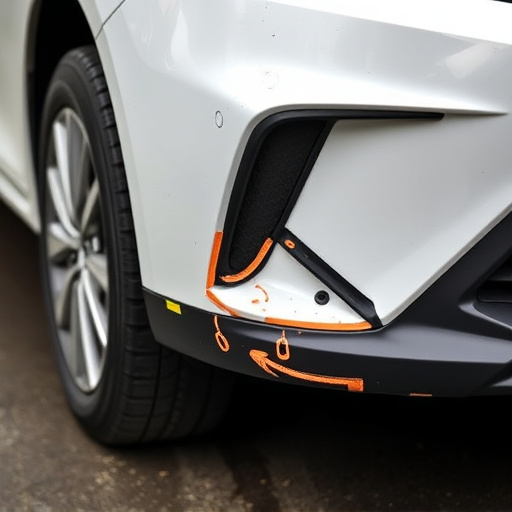
The Mercedes PRE-SAFE system check is a critical process that goes beyond basic maintenance, focusing on the intricate communication between various safety components within the vehicle. This check ensures that sensors, actuators, and control units work in harmony to provide optimal passenger protection during an accident. Common issues in system interplay can be subtle but significant, such as misaligned sensors leading to delayed activation or faulty wiring causing false alarms.
During a PRE-SAFE system check, automotive repair specialists scrutinize each module for signs of malfunction, often utilizing advanced diagnostic tools. They verify proper signal transmission between the control unit and active safety features like airbags, seatbelts, and structural components. Proper functioning ensures that in the event of a collision, the system quickly and accurately evaluates the situation, deploying countermeasures to minimize injury risk. Regular checks by a reputable collision repair shop can help catch potential issues early, enhancing both the reliability and effectiveness of your Mercedes’ PRE-SAFE system.
Regularly checking the Mercedes PRE-SAFE system’s communication and components is vital for ensuring optimal passenger safety. By understanding the intricate interplay of sensors, control units, and actuators, car owners can address potential issues early on. The article has highlighted the importance of diagnosing common problems in system communication to guarantee the effectiveness of the PRE-SAFE system. Remember that a well-maintained Mercedes PRE-SAFE system check is key to enhancing safety features and preventing accidents.

